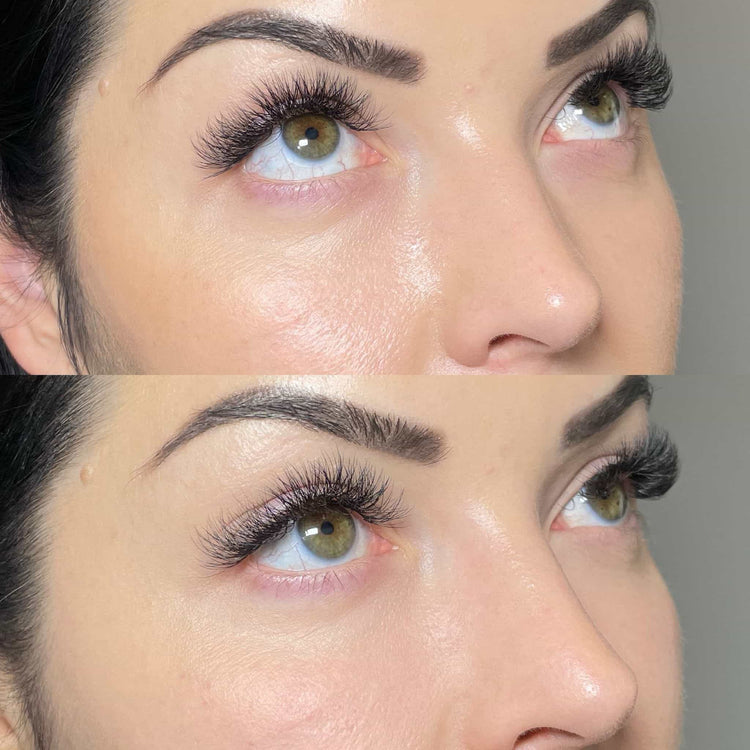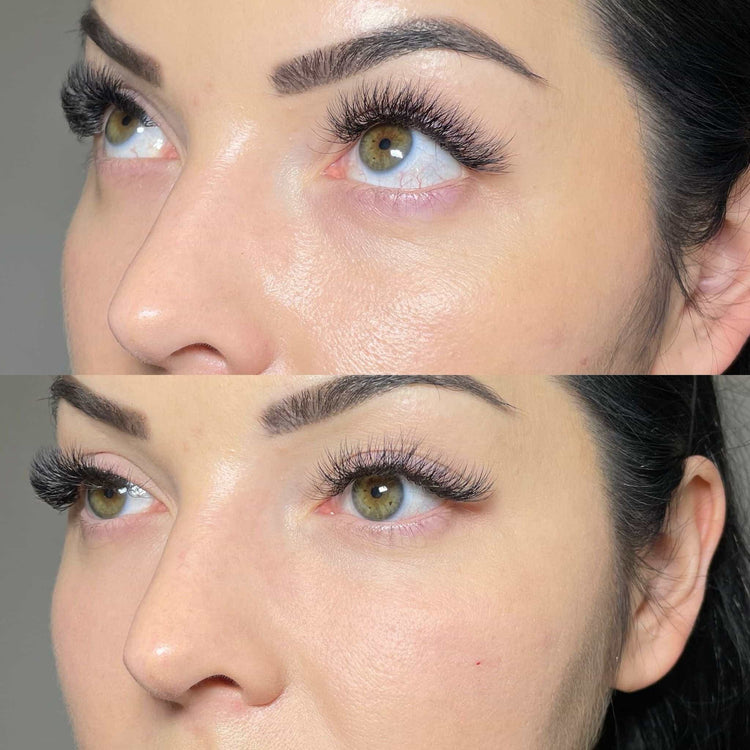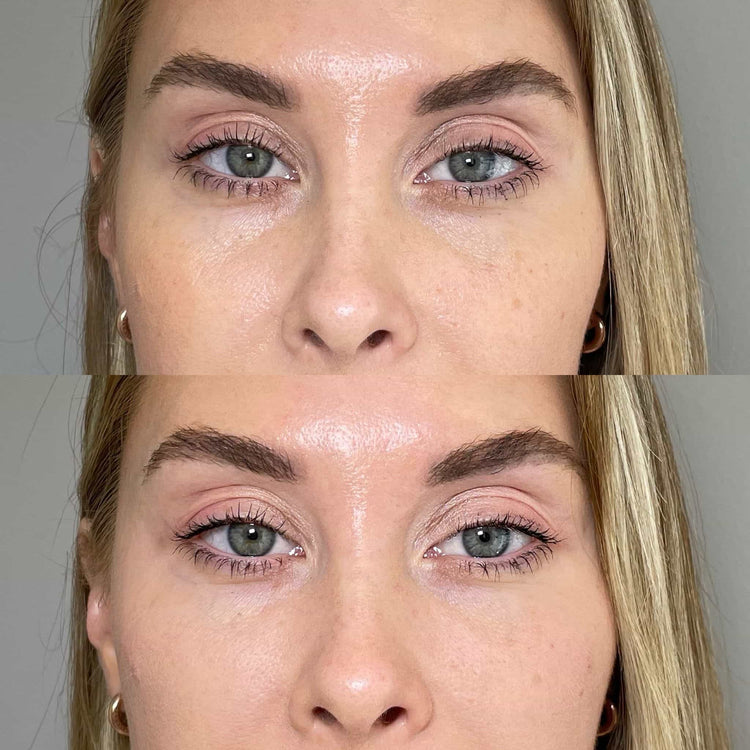Pre-Treatment Preparation
Preparing for your tear trough filler treatment ensures a smoother and more comfortable recovery experience. Prioritizing pre-treatment preparation allows you to minimize any potential side effects and maximize the effectiveness of your results.
Understanding the Procedure

Before undergoing tear trough filler treatment, understanding the procedure thoroughly is crucial. A thorough consultation with a qualified practitioner will help you understand the specifics involved in your treatment plan. This includes discussing your desired outcome, medical history, current medications, and potential risks or side effects.
It’s essential to provide accurate information about any allergies you may have, particularly to anesthetic agents, as this will guide the practitioner in choosing the safest and most appropriate approach for your treatment.
Additionally, it is important to follow pre-treatment instructions carefully. These may include avoiding certain medications or supplements that could interfere with the procedure or increase the risk of bruising or swelling.
Choosing a Qualified Provider
Choosing a qualified practitioner is paramount when considering tear trough filler treatment. Look for a provider with extensive experience and expertise in facial aesthetics, specifically in tear trough filler procedures.
Inquire about their training, certifications, and any specialized qualifications they may possess. It’s also beneficial to review before-and-after photos of previous patients to gauge the practitioner’s aesthetic style and your potential results. Don’t hesitate to ask for references or testimonials from satisfied patients.
A reputable provider will prioritize your safety and well-being, ensuring a comfortable and personalized treatment experience.
Minimizing Risks and Complications
Preparing for your tear trough filler treatment ensures a smoother and more comfortable recovery experience. Prioritizing pre-treatment preparation allows you to minimize any potential side effects and maximize the effectiveness of your results.
- Before undergoing tear trough filler treatment, understanding the procedure thoroughly is crucial. A thorough consultation with a qualified practitioner will help you understand the specifics involved in your treatment plan. This includes discussing your desired outcome, medical history, current medications, and potential risks or side effects.
- It’s essential to provide accurate information about any allergies you may have, particularly to anesthetic agents, as this will guide the practitioner in choosing the safest and most appropriate approach for your treatment.
- Additionally, it is important to follow pre-treatment instructions carefully. These may include avoiding certain medications or supplements that could interfere with the procedure or increase the risk of bruising or swelling.
Choosing a qualified practitioner is paramount when considering tear trough filler treatment. Look for a provider with extensive experience and expertise in facial aesthetics, specifically in tear trough filler procedures. Inquire about their training, certifications, and any specialized qualifications they may possess. It’s also beneficial to review before-and-after photos of previous patients to gauge the practitioner’s aesthetic style and your potential results. Don’t hesitate to ask for references or testimonials from satisfied patients.
A reputable provider will prioritize your safety and well-being, ensuring a comfortable and personalized treatment experience.
Immediate Post-Procedure Care
Immediate post-procedure care is essential for optimal healing and results following tear trough filler treatment. Adhering to specific aftercare instructions provided by your practitioner will help minimize swelling, bruising, and the risk of complications. These instructions may include avoiding strenuous activity, applying cold compresses, and refraining from certain skincare products or makeup.
Managing Swelling and Bruising
Managing swelling and bruising after tear trough filler treatment is crucial for a smooth recovery. Applying ice packs to the treated area for 10-15 minutes at a time, several times a day, can help reduce inflammation. Elevating your head while sleeping can also minimize fluid buildup.
Compression garments or bandages may be recommended by your practitioner to further support the area and reduce swelling. Avoid touching or massaging the treated area excessively as this can cause irritation and delay healing.
It’s important to follow all aftercare instructions provided by your practitioner regarding skincare routines, medications, and activities to ensure optimal results and minimize any potential complications.
Applying Cold Compresses
Applying cold compresses is a key part of managing swelling and bruising after tear trough filler treatment. Wrap ice packs or frozen gel packs in a towel to protect the skin, and apply them to the treated area for 10-15 minutes at a time. Repeat this several times throughout the day.
Elevating your head while sleeping can also help reduce fluid buildup and minimize swelling.
Avoiding Certain Activities
Immediately following your tear trough filler treatment, it’s important to avoid activities that could disrupt healing or increase swelling.
Strenuous exercise, such as running, weightlifting, or intense cardio, should be avoided for at least a few days to allow the treated area to settle.
Activities that put pressure on the face, like rubbing your eyes excessively, should also be minimized.
Be mindful of touching the treated area as much as possible to prevent irritation and infection.
Long-Term Healing and Recovery
Long-term recovery after tear trough filler treatment involves a commitment to post-procedure care and lifestyle adjustments. While immediate swelling and bruising typically subside within a few days, it’s crucial to follow your practitioner’s instructions carefully for optimal healing and lasting results. This includes managing any discomfort, protecting the treated area, and avoiding activities that could hinder the recovery process.

Signs of Infection to Watch For
Long-term healing after tear trough filler treatment involves a commitment to post-procedure care and lifestyle adjustments. While immediate swelling and bruising typically subside within a few days, it’s crucial to follow your practitioner’s instructions carefully for optimal healing and lasting results. This includes managing any discomfort, protecting the treated area, and avoiding activities that could hinder the recovery process.
- Pay attention to your body’s signals and report any unusual or persistent symptoms to your practitioner promptly.
- Continue using prescribed skincare products and medications as directed to support healing and minimize the risk of infection.
- Avoid excessive sun exposure and wear sunscreen with an SPF of 30 or higher to protect treated skin from further damage.
- Maintain a healthy lifestyle with regular exercise, proper hydration, and a balanced diet to support overall well-being and optimize healing.
It is important to be vigilant for signs of infection after tear trough filler treatment. Recognizing these early on can help prevent complications and ensure optimal recovery.
- Redness or warmth extending beyond the immediate treatment area
- Increased pain or swelling that doesn’t subside within a few days
- Pus or drainage from the treated site
- Fever or chills
- Unusual sensitivity or tenderness in the area

If you notice any of these signs, contact your practitioner immediately.
Maintaining Hygiene
Maintaining good hygiene is crucial for optimal healing and recovery after tear trough filler treatment. This includes gentle cleansing of the treated area with a mild cleanser and lukewarm water, twice daily. Avoid scrubbing or using harsh products that can irritate the skin.
Pat the area dry instead of rubbing it to prevent further irritation. Apply any prescribed skincare products as directed by your practitioner. It’s important to avoid touching the treated area unnecessarily, as this can introduce bacteria and increase the risk of infection.
Avoid makeup on the treated area until your practitioner advises it is safe to do so. This allows the skin to heal properly without being exposed to potential irritants.
Follow-Up Appointments with Your Provider
Long-term recovery after tear trough filler treatment involves a commitment to post-procedure care and lifestyle adjustments. While immediate swelling and bruising typically subside within a few days, it’s crucial to follow your practitioner’s instructions carefully for optimal healing and lasting results. This includes managing any discomfort, protecting the treated area, and avoiding activities that could hinder the recovery process.
Schedule follow-up appointments with your provider as directed. These appointments allow your practitioner to assess your healing progress, address any concerns, and make adjustments to your treatment plan if necessary. Open communication with your provider is essential for ensuring optimal outcomes and addressing any potential complications.
Continue using prescribed skincare products and medications as directed by your practitioner to support healing and minimize the risk of infection. Pay attention to your body’s signals and report any unusual or persistent symptoms to your provider promptly.
Tips for Optimal Results
Achieving optimal results after tear trough filler treatment in Kingston Upon Thames requires careful preparation, adherence to post-procedure instructions, and ongoing commitment to self-care.
Lifestyle Modifications
Lifestyle modifications play a crucial role in supporting the healing process and maximizing the longevity of your tear trough filler results.
Staying hydrated is essential for overall health and skin tissue repair. Aim to drink plenty of water throughout the day to promote circulation and help flush out toxins.
Eating a balanced diet rich in fruits, vegetables, and antioxidants can nourish your skin from within and support collagen production, contributing to healthier and more youthful-looking skin.
Getting adequate sleep allows your body to repair and rejuvenate itself. Aim for 7-9 hours of quality sleep each night to promote optimal healing.
Managing stress through practices like yoga, meditation, or deep breathing exercises can help reduce inflammation and contribute to a healthier complexion.
Avoiding smoking and excessive alcohol consumption is important as these habits can negatively impact skin health and hinder the healing process.
Sun Protection
Protecting your treated skin from the sun is crucial for maintaining long-lasting results and preventing complications after tear trough filler treatment.
The sun’s UV rays can break down hyaluronic acid, the main ingredient in dermal fillers, leading to premature fading of results.
It’s essential to apply a broad-spectrum sunscreen with an SPF of 30 or higher daily, even on cloudy days. Reapply every two hours, especially after swimming or sweating.
Wear protective clothing like hats and sunglasses to shield your skin from direct sunlight.
Minimize sun exposure during peak hours (10 am to 4 pm) when UV rays are strongest.
Hydration and Nutrition
Hydration is crucial for optimal healing and long-lasting results after tear trough filler treatment. Drinking plenty of water throughout the day helps flush out toxins, improve circulation, and support skin tissue repair.
Nutrition plays a vital role in supporting the healing process and maintaining youthful skin. Focus on consuming a balanced diet rich in fruits, vegetables, lean protein, and healthy fats.
Antioxidants found in colorful fruits and vegetables can protect skin cells from damage caused by free radicals, promoting overall skin health.
Book your appointment for Tear Trough Fillers today with Dr. Laura Geige at It’s Me & You Clinic
- Dermal Fillers Near Copthorne, Surrey - September 23, 2025
- Collagen Boosting Therapy In West Clandon, Surrey - September 20, 2025
- CBD Gummy Edibles Vs Traditional Gummies What’s The Difference - September 17, 2025
